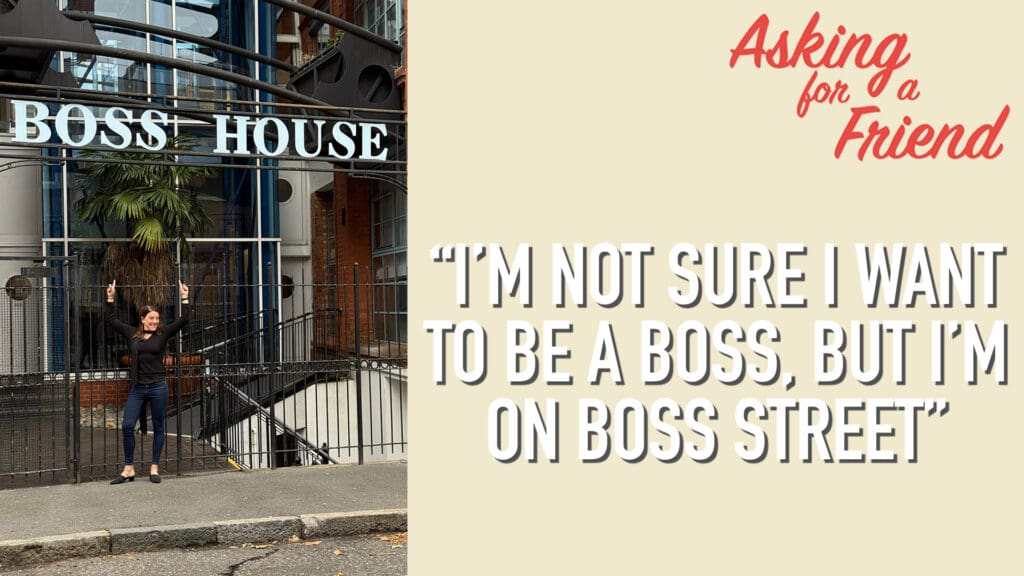“But we’re already doing so much better than last year, when is enough, enough?” “Don’t you see how overwhelmed we are already?” “That’s not a stretch goal, that’s a delusion.” If you’re like most managers, at some point you’ve heard this kind of pushback from your team. Challenging your team to do more (often with less) is one of the biggest challenges of a manager. I’m a big believer in isolating the variables, and making the big goals feel small. Here are three easy techniques I’ve seen used well across multiple contexts.
3 Ways to Improve Your Team’s Performance
1. Do the Math
The other day I was listening to the SVP tee-up my keynote to his frontline team. His math was brilliant. If they could move the needle .1% on a key performance metric, they would save 2 million dollars! If they actually achieved the goal on the scorecard it would completely change their margins and enable them to reinvest in some of the additional programs the employees really wanted. It’s pretty hard to argue that it’s impossible to improve .1%. That afternoon, we worked so that every manager left with specific commitment to improve (which we collected in an online forum.) When they all execute they’ll blow that metric away.
I did a similar math exercise when I was in my sales exec role. Instead of saying I wanted to move our team from 1% small and medium business sales to 10% which sounded like a ridiculous leap, I simply said I needed each sales rep to close one small deal (of at least 5 lines). I knew it would actually only take 80% of the team to hit that easy target, and that some were already over-achieving. Five lines sounded quite doable and in a few months we were there, and kept improving each month after that.
2. Pairing Contests
Pair off your team into performance-enhancing dyads (although they work like steroids on your results, they’re perfectly legal.) The idea is to pick someone who is high-performing in the skill you’re trying to cultivate and one who is struggling. Then you give them a joint target to hit. Any diads that makes the joint goal win a prize. Since the teams are only competing against their collective target, not one another, encourage the diads to share best practices with one another as well. Everyone wins. Results improve quickly.
3. Weekly Wins Recap
This may sound old school, but when executed well it does wonders to keep people focused on the right behaviors and warms up lines of communication. Each Friday ask each member of your team to send you a quick email focused on these areas: what they feel best about what they accomplished this week (a great opportunity for you to do some informal recognition); a performance area they’re focusing on next week and what they plan to do to improve; and any help they need from you.
Builders make stretch goals feel easy by breaking it down.







These are great suggestions, Karin.
Along with grouping team members, I’ve suggested that the teams create summaries and designate one of the members to present it to the remaining group. This is especially helpful if there are varying opinions amongst the larger team…
LaRae, Awesome. Great add. Thanks.
The three points you share are excellent Karin! I especially connect with pairing contests. First of all, pairing people up with different strengths and skill sets not only enhances performance but can build stronger work relationships. Secondly, pairing up, especially different generations, can add to great learning and discovery.
Thanks Karin!
Terri, Nice! Love the idea of pairing across generations. Funny, I’m just putting the finishing touches on a millennial artical now 😉
This sounds so much like the way we should manage our teachers AND our students. Give them measurable goals that seem reachable…(“improve reading fluency by 10 words per minute by the end of this mid quarter”, instead of “move from 140 wpm to 220 wpm”)
Most people, ages 4-40, will at least attempt to reach a goal that appears reachable. Most people will not even try to reach one that seems gi-nor-mous. (Yes, I know that’s not a word.)